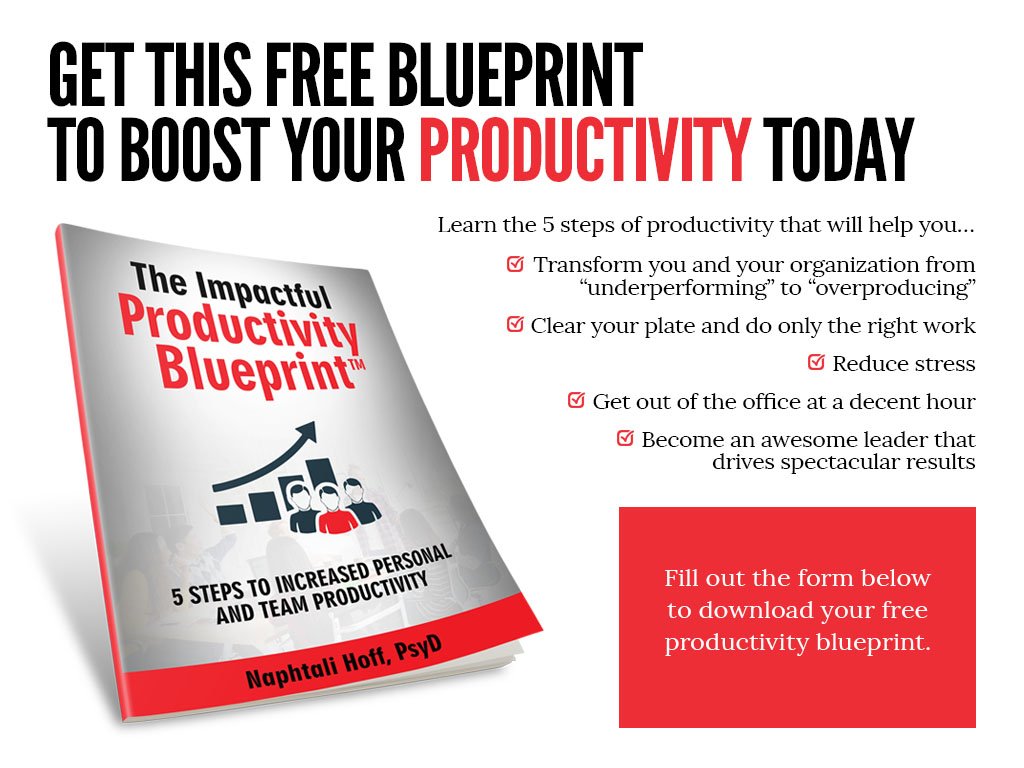Quit Repeating Yourself!
One of the biggest time wasters occurs when we repeat work that can be easily automated or duplicated (think: copy and paste.) This is true in every industry and position. Amongst coders, work repetition was so prevalent that it inspired the creation of the “Don’t Repeat Yourself” (or DRY) Principle, which discouraged the recreation of reusable code. While DRY, was made famous by coders, it is easily applicable to non-programmers as well.
Click here to get yours today!
Many of the things that we do often – such as replying to emails, crafting correspondences, writing articles, briefs, or proposals – unnecessarily take up large chunks of our day. At its core, DRY is about saving time by reusing work that’s already been done and materials that’ve already been prepared so that you don’t have to continually repeat the same work time and again.
To make more time for yourself each day, start to recycle your work and automate your processes. One common example is using email templates. Instead of typing the same email text time and again, create a basic template for it, and tweak it as necessary. This strategy applies to such things as invoices, reports, and documents.
This strategy can also be extended to rooting out low-value, repetitive tasks. For example, you can use and mail merges to avoid manually sending emails and apps to automate daily tasks, such as meeting scheduling. These will free up more time and headspace for complex, important tasks.
The best way to learn what tasks you are repeatedly doing is to log your daily activities. You’ll need to do this for at least a week, but a month is better. Doing this will make you more aware of your routine tasks as well as those that come around a bit less often. It will also help you keep tabs of tasks that are likely but unplanned, such as dealing with a customer complaint and annual or monthly tasks (things like reports, audits, inspections, invoicing, and maintenance.)
Want to learn the 3 secrets?
Click here to register for the FREE webinar!


